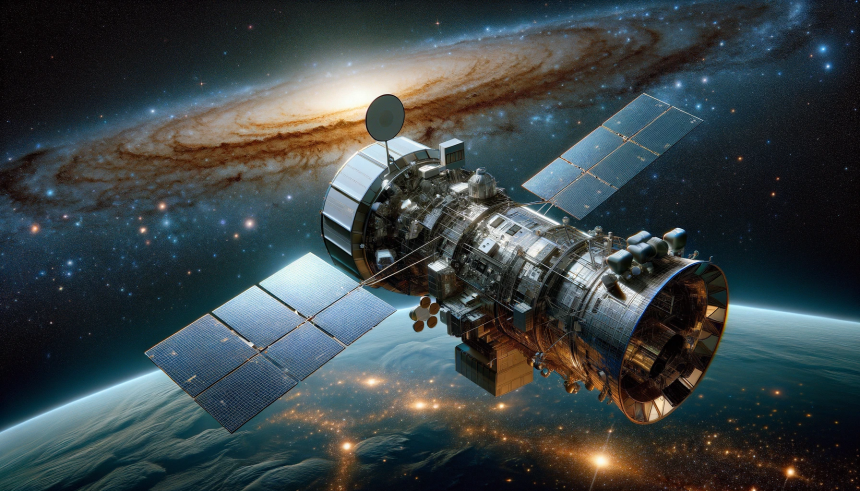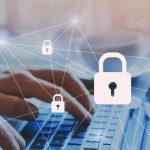NASA is taking steps to reduce the travel time to Mars through the development of the Modular Assembled Radiators for Nuclear Electric Propulsion Vehicles (MARVL). This initiative aims to make crewed missions more feasible by significantly shortening the round-trip duration. The project leverages advancements in nuclear electric propulsion technology and space robotics.
Previous efforts to enhance space travel times have primarily focused on improving propulsion efficiency. MARVL distinguishes itself by emphasizing the in-space assembly of large propulsion components, a strategy not widely pursued before. This approach could potentially streamline mission timelines and increase the feasibility of frequent Mars missions.
Cutting Travel Time to Mars
Current spacecraft take approximately seven to nine months to reach Mars, depending on their propulsion systems and the relative positions of the planets. By implementing MARVL’s nuclear electric propulsion, NASA aims to reduce the round-trip mission duration to around two years. This significant decrease would make human missions more practical and less resource-intensive.
Innovations in Propulsion Technology
The MARVL system utilizes a nuclear reactor to produce electricity, which then ionizes gaseous propellants to generate thrust. This method allows for more efficient fuel usage compared to traditional chemical propulsion. Engineers at NASA’s Langley Research Center are prioritizing modularity, enabling the propulsion system to be launched in separate components and assembled in orbit.
Overcoming Assembly Challenges
One major obstacle is the size of MARVL’s heat dissipation array, which spans the size of a football field when deployed. To address this, NASA plans to use robotic technology to assemble the system in space, eliminating the need to fit large structures into rocket fairings.
“By doing that, we eliminate trying to fit the whole system into one rocket fairing,”
said Amanda Stark, a heat transfer engineer at NASA Langley. This modular approach also allows for greater design flexibility and optimization.
NASA’s Langley Research Center, with its extensive history in space missions, is well-equipped to tackle these engineering challenges. The center’s work on projects like the Apollo Lunar Module and the Hubble Space Telescope demonstrates its capacity for innovation in space technology. MARVL is part of NASA’s broader goal to develop a Deep Space Transport vehicle by the late 2030s.
The MARVL project team is expected to deliver a small-scale ground demonstration within two years, setting the stage for future developments.
“This is going to expand what we think of when it comes to nuclear propulsion,”
said Julia Cline, a project mentor at NASA Langley. This forward-thinking approach could redefine how large-scale space infrastructure is built.
As NASA continues to push the boundaries of space exploration, projects like MARVL represent critical steps toward making human missions to Mars a reality. Efficient propulsion systems and innovative assembly techniques will be key factors in overcoming the logistical and technical challenges of interplanetary travel.










